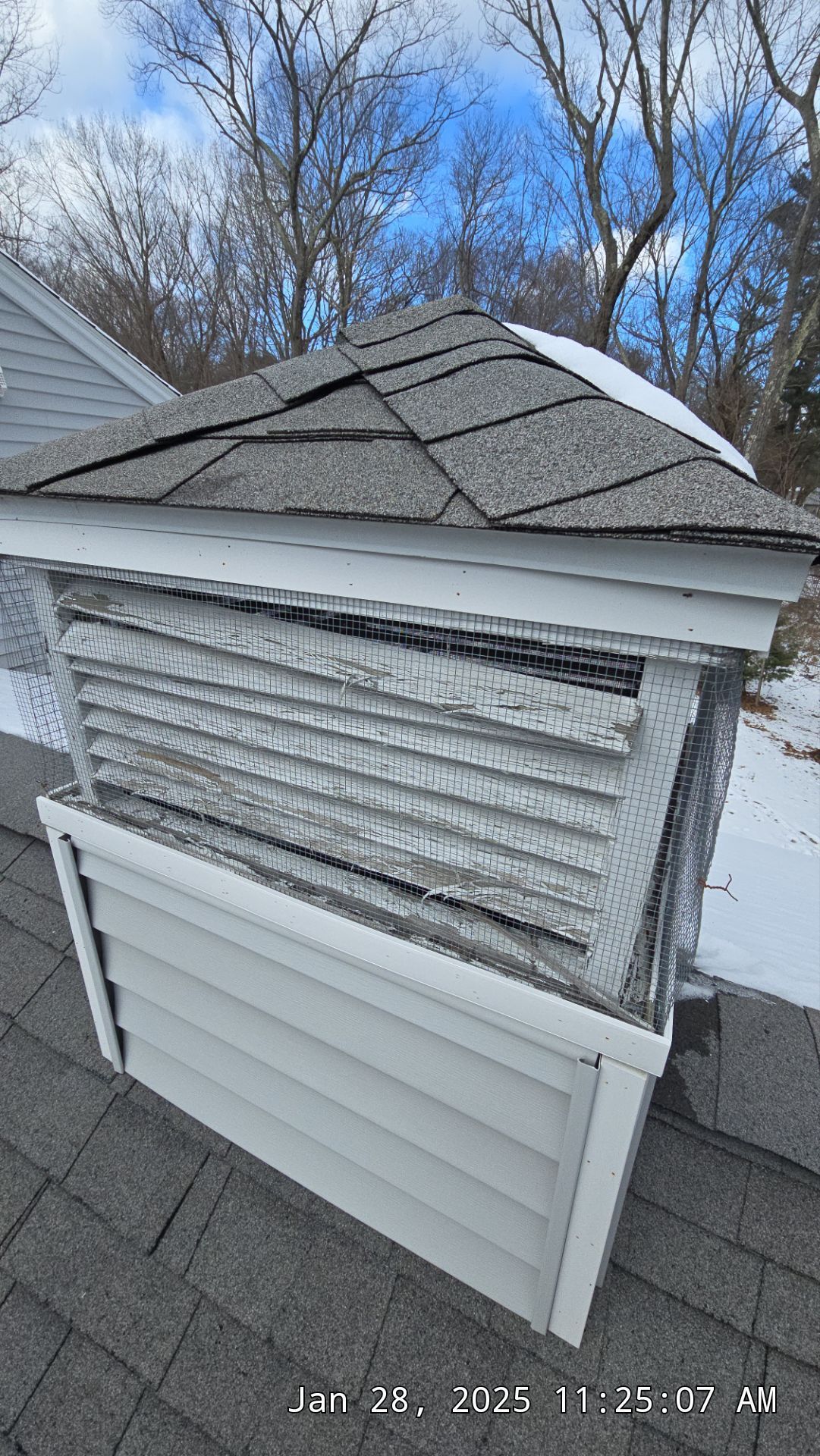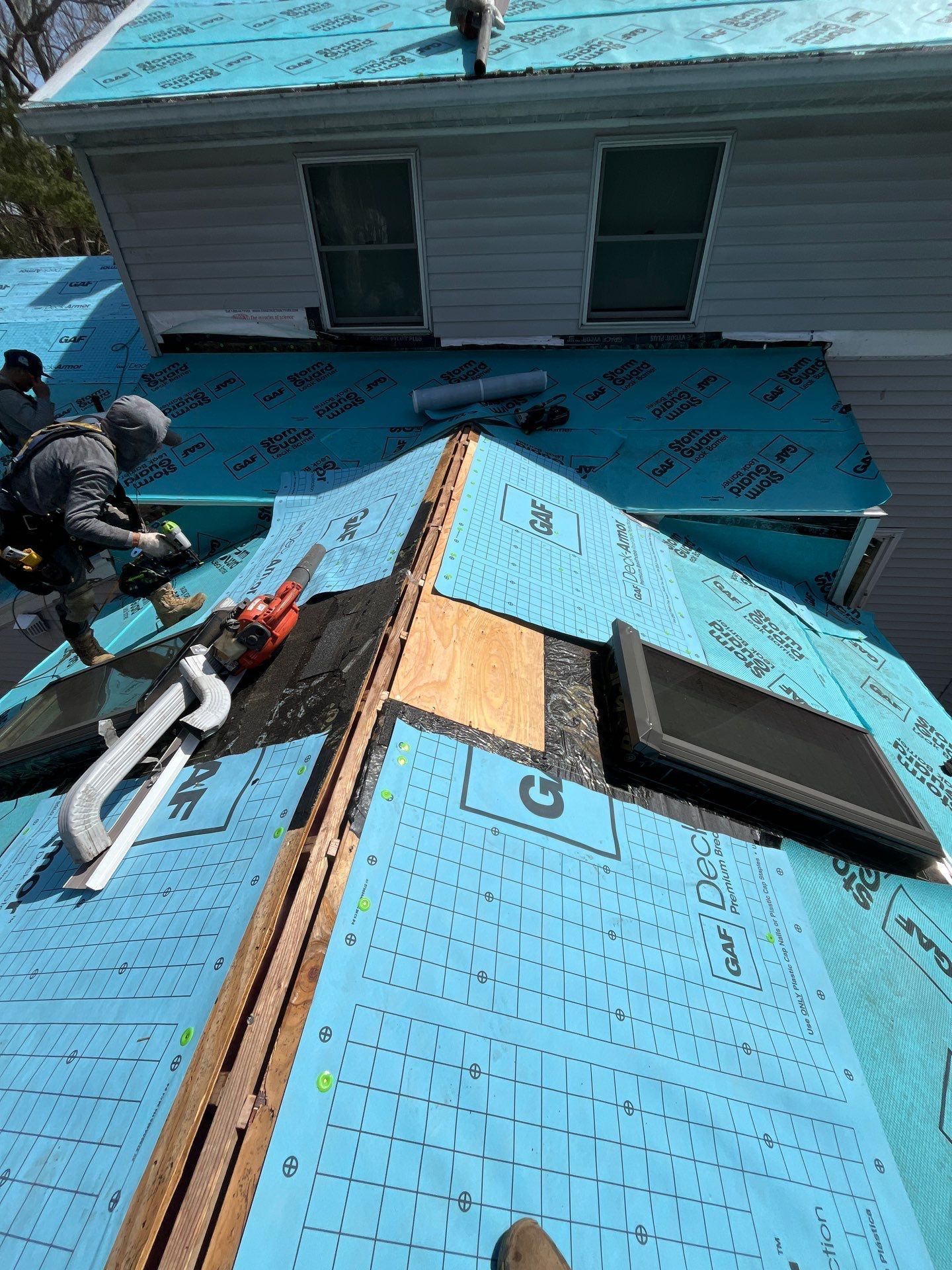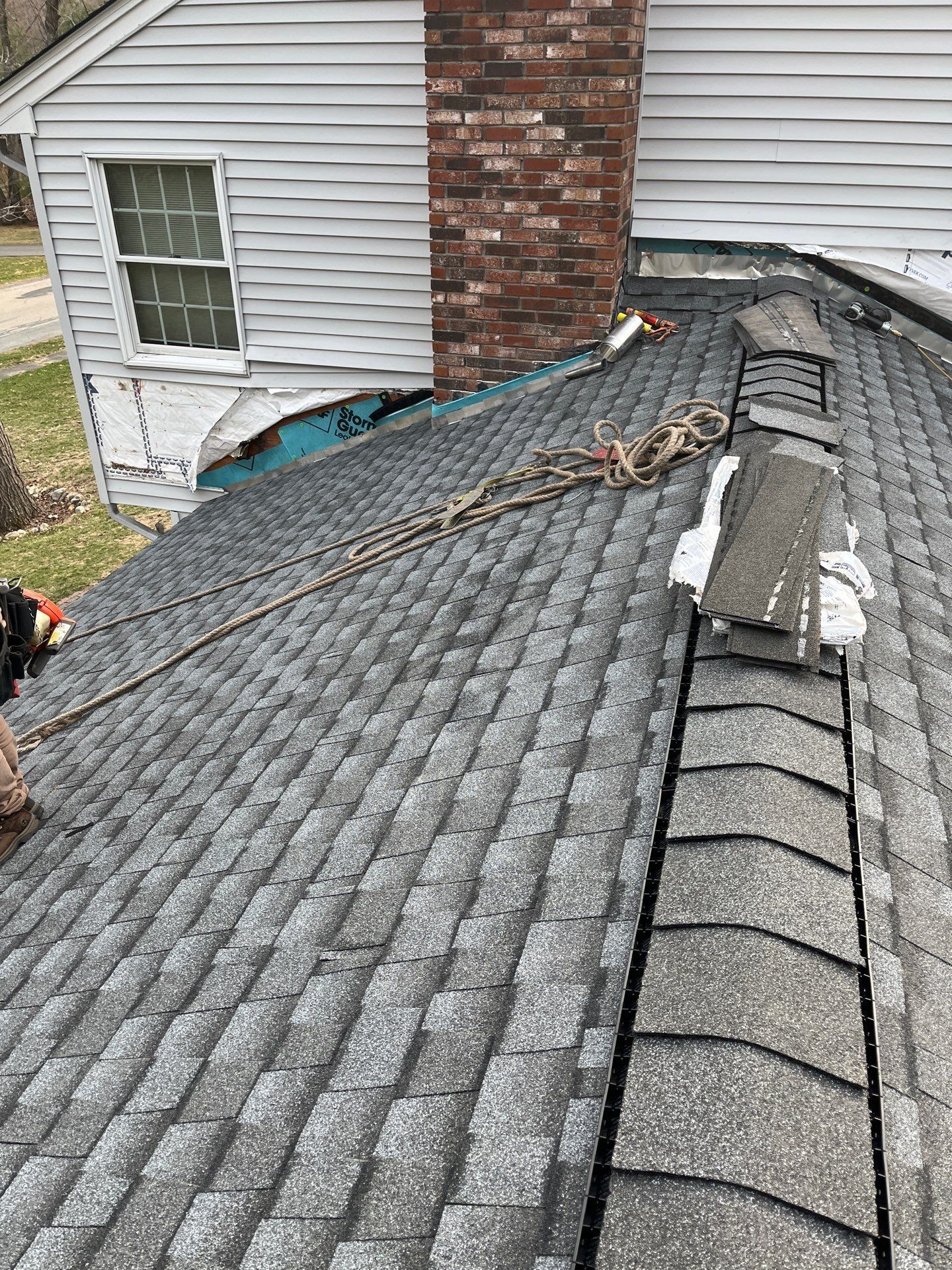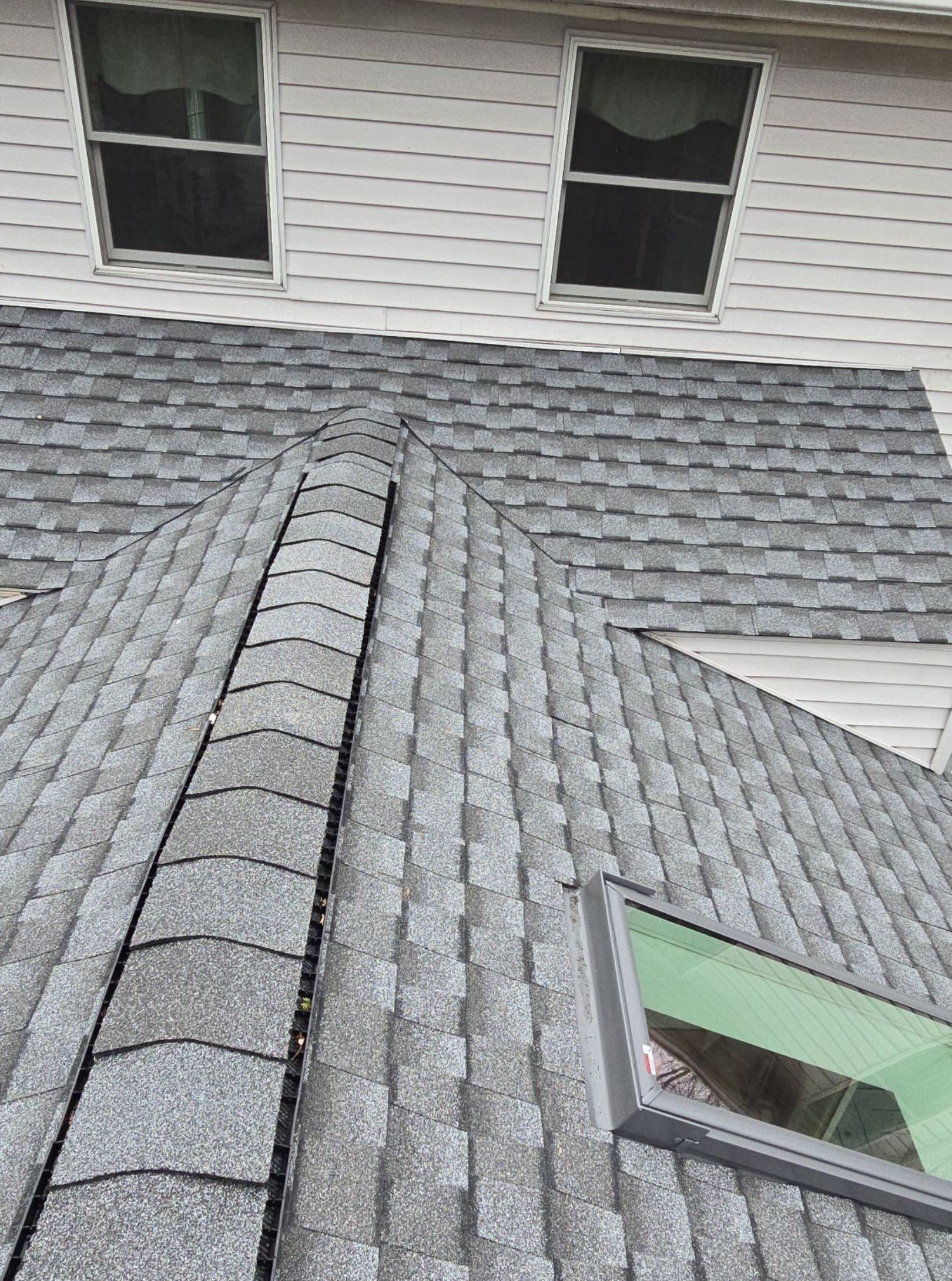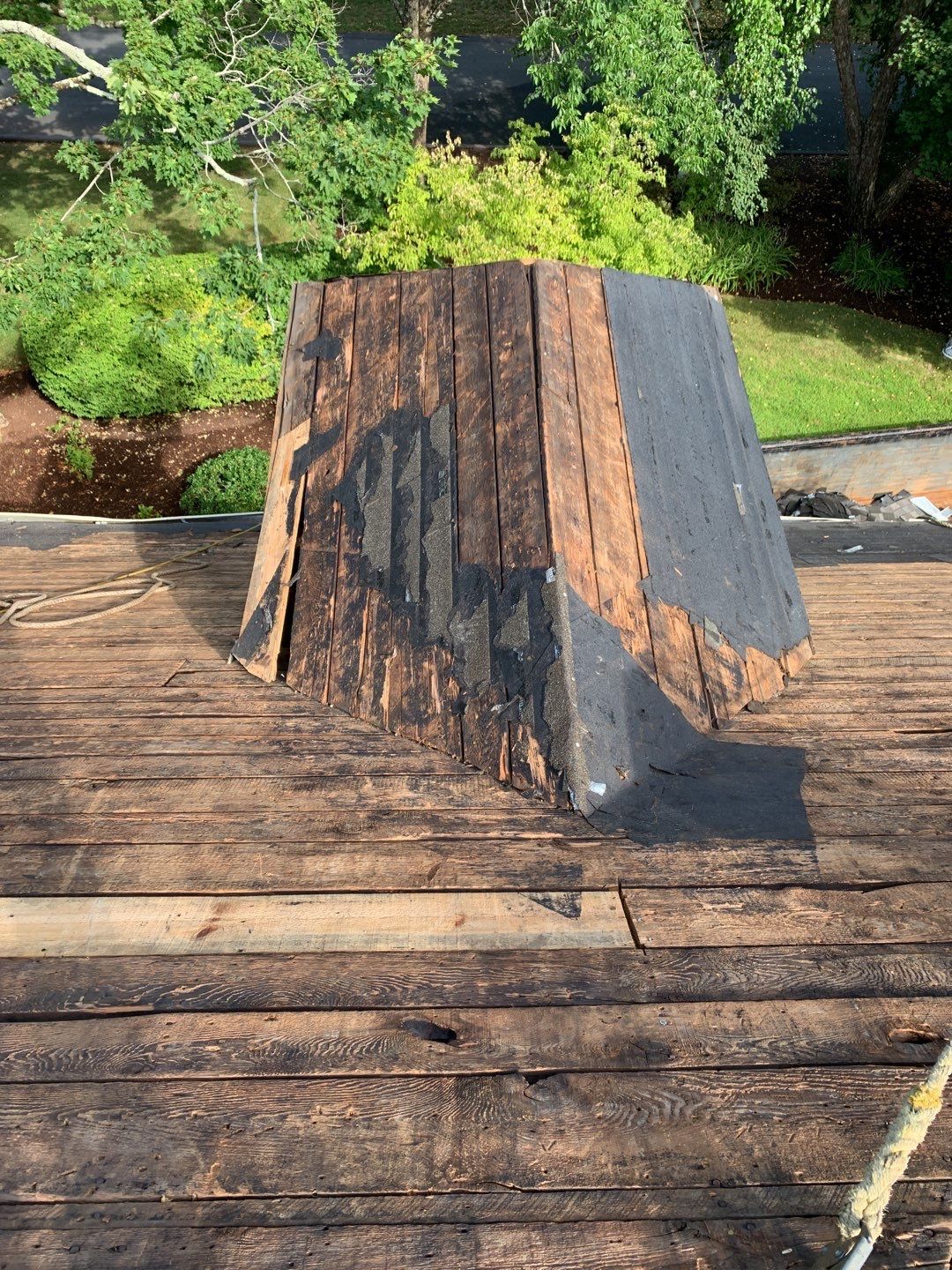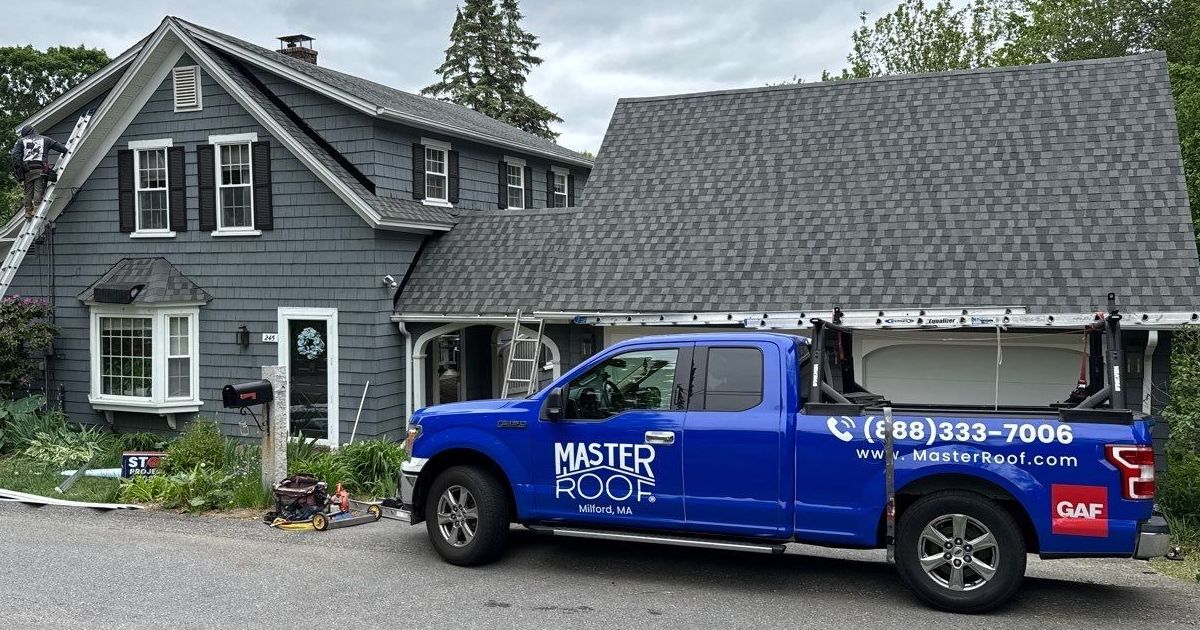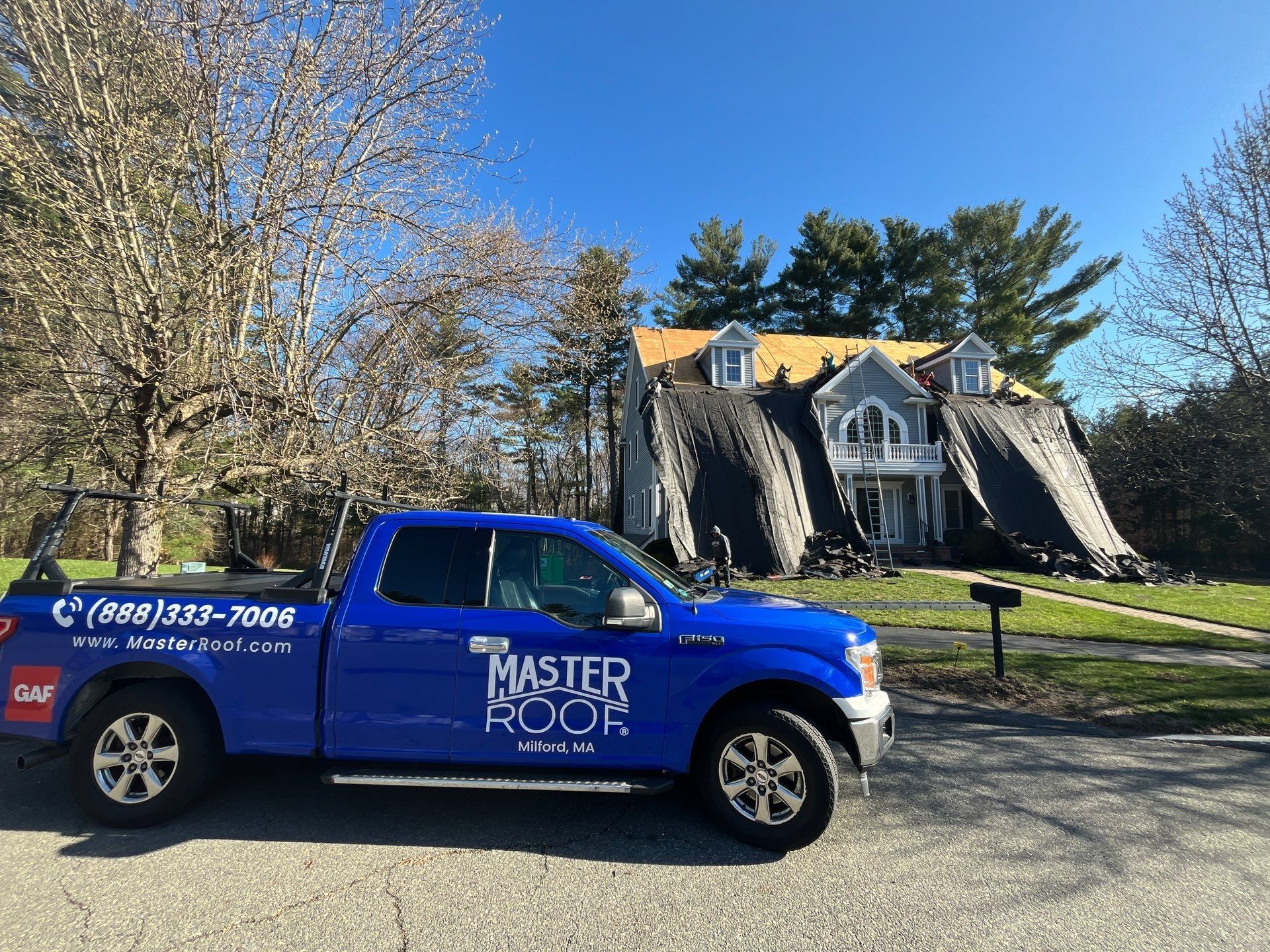How Proper Roof Ventilation is Protecting Your Home
Roof ventilation is a critical component of any home, yet it’s often overlooked by homeowners. A well-designed ventilation system allows air to circulate through the attic, protecting your roof and home from damage while improving energy efficiency. At Master Roof, we believe proper roof ventilation is essential for a durable, comfortable, and cost-effective home.
What Is Roof Ventilation?
Roof ventilation is a system that promotes airflow through the attic, allowing hot, moist air to escape through vents while drawing in cooler air. This process prevents overheating, reduces condensation, and protects the roof structure from damage. Properly installed vents regulate attic temperatures, extend the life of your roof, and maintain a comfortable indoor environment year-round.
Poorly ventilated roofs, on the other hand, can lead to costly issues like mold growth, ice dams, and higher energy bills. Understanding how ventilation works and why it’s important can help you safeguard your home.
What Are the Benefits of Good Roof Ventilation?
Roof ventilation provides multiple benefits, protecting your home in every season and climate:
Extends Roof Lifespan
Proper ventilation keeps shingles cooler by allowing hot air to escape. Overheated roofs can cause shingles to deteriorate prematurely, leading to costly repairs or replacements. Data shows that without ventilation, attics can reach 140°F on a 90°F day, accelerating shingle wear and potentially shortening roof life by years, per ARMA insights.
Reduces Energy Costs
In warm months, vents remove hot air from the attic, reducing the strain on air conditioning systems. This keeps your home cooler and lowers energy bills. Studies indicate proper ventilation can contribute to 15-35% energy savings in cooling, especially in tropical or warm climates, by minimizing heat transfer to living spaces.
Prevents Ice Dams in Cold Climates
In colder regions, ventilation prevents ice dams—ridges of ice that form when melting snow refreezes at the roof’s edge, trapping water and causing leaks. Vents keep the attic cool, minimizing uneven melting.
Controls Moisture and Prevents Mold
Ventilation clears moist air from the attic, preventing condensation that can lead to wood rot, mold growth, and health hazards. Poor ventilation increases mold risk by trapping moisture, potentially affecting indoor air quality and leading to health issues like allergies, as highlighted by roofing professionals with decades of experience.
Regulates Indoor Temperatures
A well-ventilated attic prevents extreme heat buildup, ensuring upstairs rooms remain comfortable and consistent with the rest of the home. This balanced airflow can reduce HVAC strain, contributing to overall energy efficiency gains of up to 20%, according to industry data.
Choosing and Installing Roof Vents
Ventilation systems rely on a balance of intake (cool air entering the attic) and exhaust (hot air exiting). This airflow is driven by two natural processes:
For ventilation to work effectively, the right number and type of vents must be installed. A general rule is one vent per 300 square feet of attic space, or one per 150 square feet if no vapor barrier is present.
Types of Roof Vents
Different homes and climates require tailored ventilation solutions. Here are the most common types of roof vents:
Soffit Vents (Eave Vents)
Installed under the eaves, these intake vents allow cool air to enter the attic, promoting airflow when paired with exhaust vents.
Ridge Vents
Placed along the roof’s peak, these exhaust vents blend seamlessly with the roofline and distribute air evenly, prolonging roof life.
Box Vents (Louvers)
Mounted near the roof ridge, these exhaust vents allow hot air and moisture to escape efficiently.
Gable Vents
Installed on the exterior walls at the gable ends of the house (the triangular sections under the roof peaks), allow air to enter and exit through the sides of the attic without penetrating the roof itself.
Wind Turbines
Powered by wind, these vents spin to pull hot air out but may be less effective in low-wind areas.
Power Vents
Equipped with electric fans, these vents actively push out hot air and moisture. Models with thermostats or humidistats are energy-efficient, activating only when needed.
Roof Vent Caps
These covers protect vents from rain, insects, and debris while allowing hot air to escape and cooler air to enter.
Is Roof Ventilation Necessary for Every Climate?
Yes. Ventilation is essential in all climates:
Cold Climates
Vents prevent ice dams by keeping the attic cool and clear moisture to avoid condensation and mold.
Warm Climates
Vents expel hot air, reducing attic temperatures and easing the burden on air conditioning systems.
Mixed Climates
ear-round ventilation regulates temperatures and moisture, ensuring consistent protection.
Before installing vents, ensure your attic is airtight. Seal gaps in the attic floor or hatch to prevent energy loss, which can increase bills and contribute to ice dams in winter.
What are the Problems Caused by Poor Ventilation?
Inadequate ventilation can lead to serious issues:
Ice Dams
Warm attics melt snow unevenly, causing water to refreeze at the roof’s edge, damaging the roof and interior.
Mold and Rot
Trapped moisture fosters mold growth and wood rot, compromising structural integrity and indoor air quality.
Higher Energy Bills
Poor ventilation forces HVAC systems to work harder, driving up costs.
Premature Roof Damage
Overheated shingles degrade faster, shortening the roof’s lifespan.
Snow Melt Issues
In snowy climates, a warm roof may melt snow too quickly, signaling poor ventilation and increasing ice dam risks.
Choosing and Installing Roof Vents
Selecting the right ventilation system depends on your home’s design, climate, and roof structure. A roofing professional can assess your needs and recommend a custom solution. Key considerations include:
- Matching vent types to your roof’s slope and material.
- Ensuring a balanced intake-to-exhaust ratio.
- Complying with local building codes.
Proper installation is critical. Vents must be strategically placed to maximize airflow and sealed to prevent leaks. Common mistakes, like blocking vents with insulation or installing too few vents, can reduce effectiveness.
Maintaining Your Ventilation System
Regular maintenance ensures your ventilation system performs optimally:
- Inspect vents annually for blockages, such as debris, bird nests, or snow.
- Check for signs of poor ventilation, like mold, excessive attic heat, or ice dams.
- Clean or repair vents as needed to maintain airflow.
Why Choose Master Roof for Roof Ventilation?
At Master Roof, we specialize in designing and installing ventilation systems tailored to your home’s unique needs. Our expert team ensures proper vent selection, placement, and installation to maximize your roof’s performance and longevity.
Don’t overlook the importance of roof ventilation—it’s a small investment with big rewards. Contact Master Roof today at MasterRoof.com for a consultation or to schedule an inspection. Let us help you create a well-ventilated, energy-efficient, and durable roof!
Roof Ventilation FAQ
What is roof ventilation and how does it work?
Roof ventilation is a system that allows fresh air to enter the attic (intake) and hot, moist air to exit (exhaust), regulating temperature and moisture. It relies on natural processes like convection and wind to create balanced airflow, preventing damage and improving efficiency.
Why is proper roof ventilation important?
It extends roof lifespan, reduces energy costs by up to 20-30%, prevents mold and ice dams, and maintains indoor comfort. Experts from ARMA emphasize it protects against heat and moisture buildup, potentially saving thousands in repairs.
How can I tell if my attic has poor ventilation?
Signs include hot upstairs rooms in summer, ice dams in winter, mold or rust in the attic, curling shingles, high energy bills, or sagging roof decking. If your attic reaches extreme temperatures like 140°F on mild days, it's a red flag.
What are the best types of roof vents for my home?
It depends on your roof design and climate. Ridge vents and soffit vents provide balanced, passive airflow for most homes, while power vents suit areas with high humidity. Consult a professional to ensure compliance with codes like those from the ICC.
Does roof ventilation really save on energy bills?
Yes, by reducing attic heat, it eases HVAC strain and can lower cooling costs by 15-35% in warm climates, according to studies. It also prevents unnecessary energy loss year-round.
Can poor ventilation cause health issues?
Absolutely—trapped moisture leads to mold growth, which can worsen allergies and respiratory problems. Proper ventilation improves indoor air quality by expelling humid air.
How often should I maintain my roof vents?
Inspect annually for blockages like debris or nests, and check for damage after storms. Regular cleaning ensures optimal performance and prevents issues like rot or inefficiency.
Is roof ventilation worth the investment?
Yes, it's a cost-effective upgrade that pays off through longer roof life (potentially doubling it in extreme cases), lower utility bills, and avoided repairs. ARMA experts recommend it for all climates to enhance home durability.
